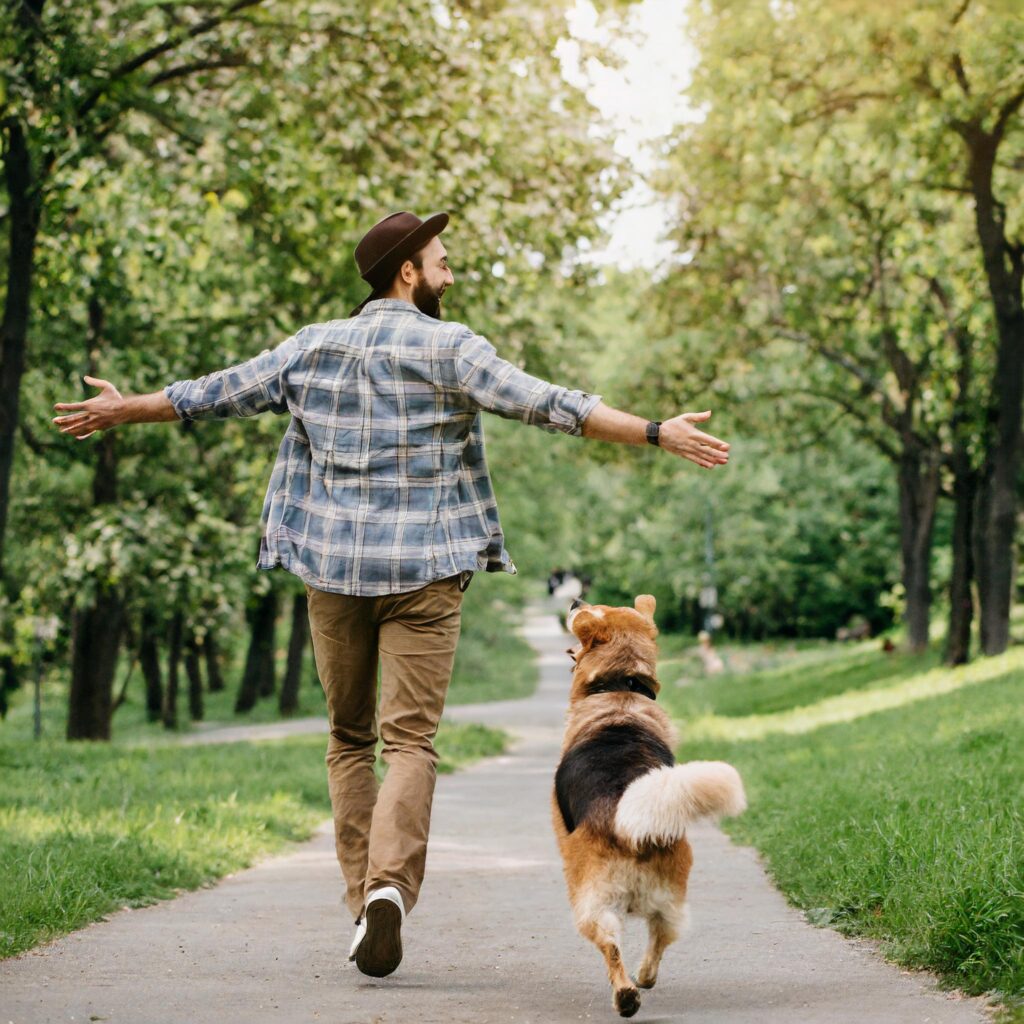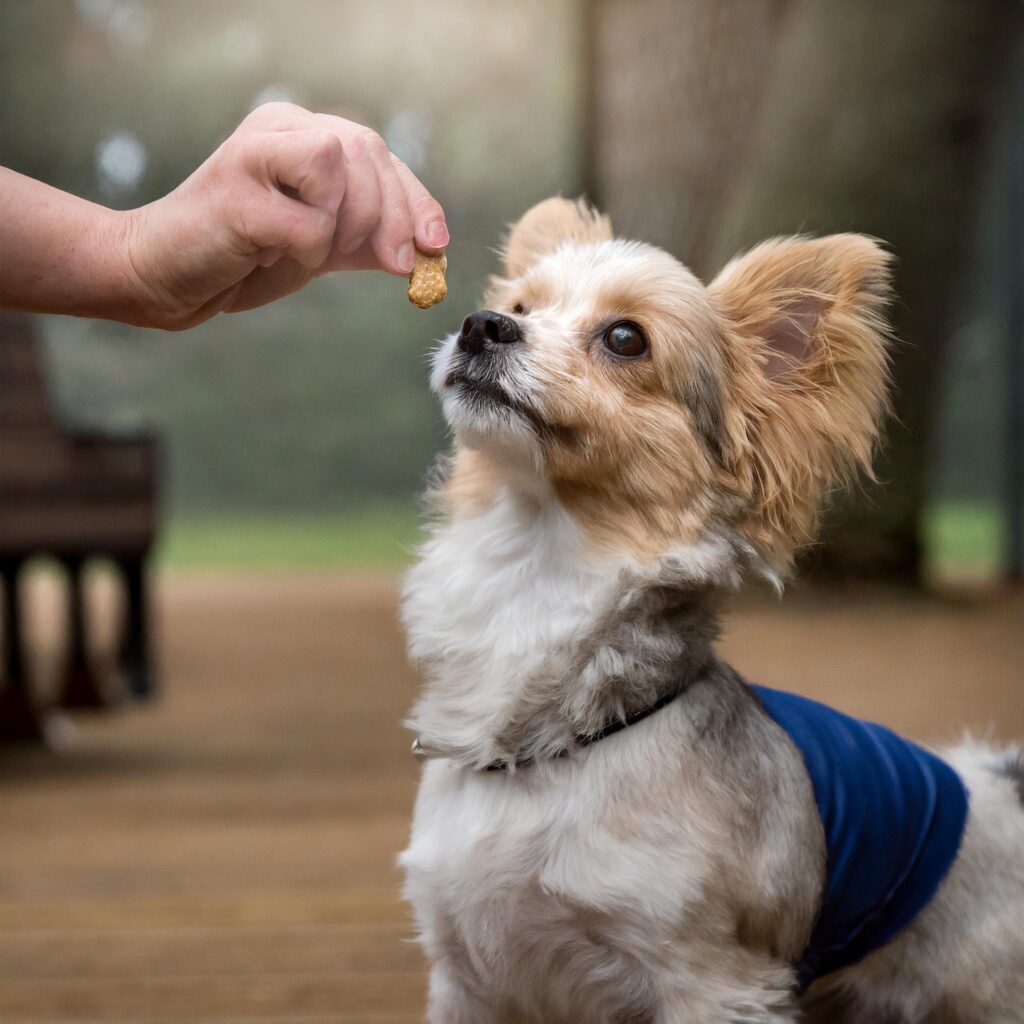Need help with Reactive Dog Behaviour? Join my FREE Facebook support group...
Why we need treats in dog behaviour training. And getting the balance right!
Everyone has different opinions when it comes to using treats in dog behaviour training. Some believe you can’t treat too much and will give them out freely. Others feel like you shouldn’t need a treat for the dog to behave for them. Some use them but prefer to wean their dog off the treats as soon as possible so they don’t become dependant. I sit somewhere in the middle! Here’s why I think we all differ in our opinions, why I think treats are essential to help your dog make better choices, and how to use them well to speed up your dogs training!
How we make choices!
As we go through our day we are all faced with many choices. If you want a coffee you might choose between Starbucks, Costa, Cafe Nero or any one of 100’s of Independents. If you want groceries there are at least twelve mainstream choices and a bunch of smaller ones. And if you are trying to choose where to go for lunch the choices are even more endless! But what on earth has this got to do with using treats in dog behaviour training?
Your dog faces many choices in their day too. Every time you try to recall your dog he has a choice about whether to return to you, or to continue exploring an interesting scent trail, playing with his friends, or avoiding going home! If you ask your dog to sit when visitors arrive, he has a choice of doing what you’ve asked, but he also has a choice to jump on your guests, grab their sleeves, beg for a treat, or run around and bark!

When faced with many choices, we choose the things that benefit us the most. A teenager might prefer to stay out past curfew so he can spend extra time with his mates. But, if he was offered a new pair of trainers, in exchange for coming home on time, maybe he would make a different choice. For more than 30 years, McDonalds sales go up when they run their Monopoly Game promotion. This is because, when faced with so many similar lunch choices, the game encourages you to choose theirs. Likewise, your Tesco Clubcard might encourage you to stay loyal to Tesco from week to week!
Sometimes, when faced with so many tempting choices, we need a little encouragement to make different choices. We need something to sweeten the deal. Offering treats to your dog as part of their training, does just that. It sweetens the deal a little, and helps them make the choice we prefer, rather than the one they might have chosen themselves!
Rewarding good choices
It’s not just about making better choices. Sometimes, it doesn’t matter how good the coffee shop loyalty card is, we still choose to go elsewhere – the cakes are just better!
This happens for dogs too. Check out my blog about motivating dog behaviour for more about how that works. But sometimes there is nothing you can offer that is better than the alternative. For your dog, that could mean that there is no treat tastier than playing with friends on the beach! All is not lost though. Treats will still act as a reward when you do get the behaviour you want.
Don’t underestimate the power of being recognised and rewarded for good behaviour. Being rewarded is a highly addictive feeling, and our dogs love it. So, even if your treat isn’t enough to influence your dogs choice right now, we can still influence the choice they will make next time. Offering a reward ensures a better result in the future, you’ll just need to find another way to help him to make a better choice right now!

Treat or Incentive?
So, we know the point of using treats, but for some it’s still tricky to get the head around.
The proper definition of treat is: “an item that is out of the ordinary and gives great pleasure.” So maybe this is what is causing that confusion. If a treat is supposed to be out of the ordinary and special, then it is not very useful when it comes to molding new dog behaviours. What if we forgot the word treat, and started referring to those little tidbits of food as incentives and reinforcers instead?
When we refer to them as incentives, we give ourselves permission to use as many as we need. Every time we choose to influence a choice, we can use an incentive. It wouldn’t make sense to only incentivise a good choice once, so now we can use an incentive every time we want to change behaviour. Without the incentive, most of those extra McDonalds customers go back to their old choices once the game has ended. If they didn’t, McDonalds wouldn’t have to re-run the promotion every year. It’s been running since the 80’s, so it works!
And instead of using a treat every time we want to reward the right behaviour, we could use a reinforcer. A reinforcer helps our dog offer the same result every time. When we take away the reinforcer, the result changes. For most people, the boss pays a reinforcer (aka wages) every month. If they failed, it wouldn’t take long before you stopped doing your best work, or even stopped turning up at all.
Treats are short term and special so no wonder we don’t want to shower our dogs with them. But incentives and reinforcers are just parts of strategies to get the most out of our dogs behaviour. The problem is that “liver reinforcers” or “cheesy incentives” doesn’t make for very good marketing!!
How can I help you with your dog’s behaviour training?
If you’d like help with your dogs behaviour, why not get in touch and find out how I could help you resolve your dog’s training and behavioural challenges. Consultations are available in-person in the Dundee area and beyond, or online if you’re further afield.


